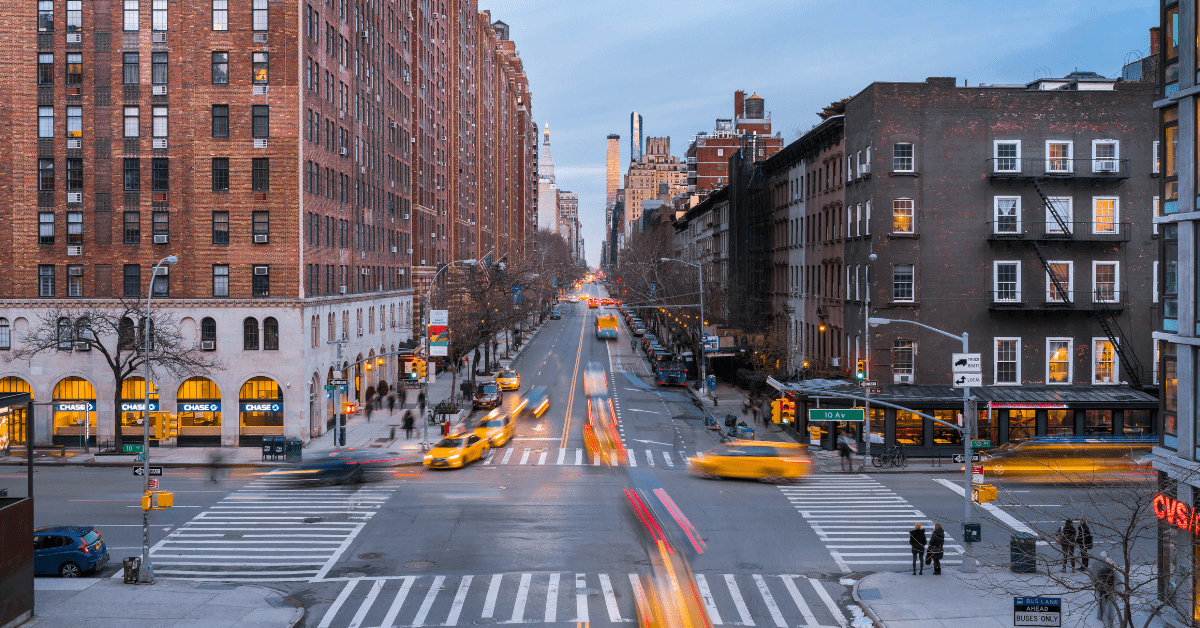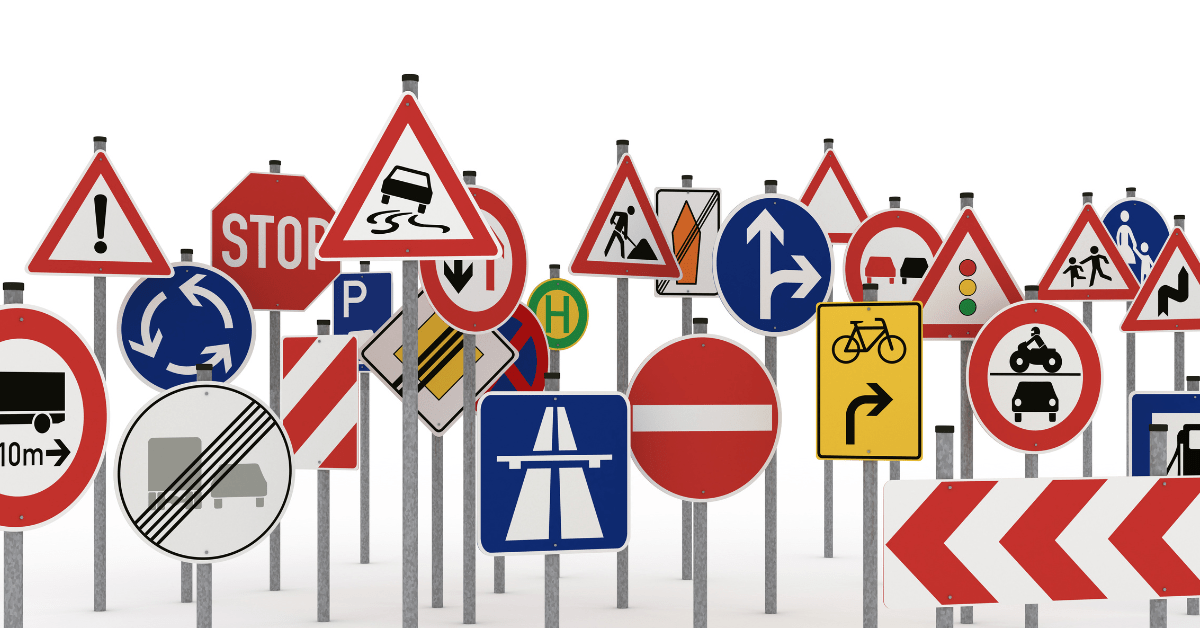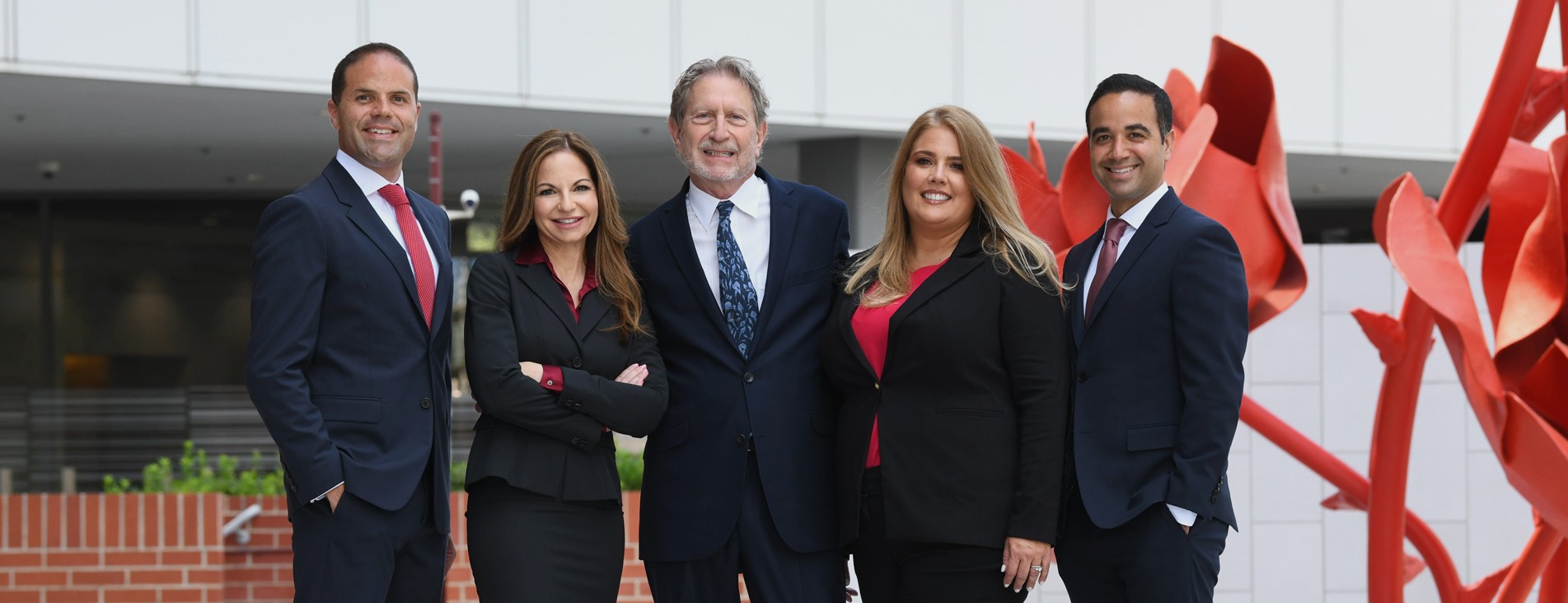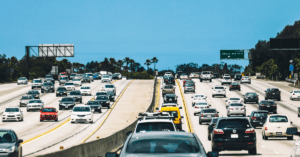What are right-of-way traffic rules? Which ones should you remember?
A traffic accident happens every day at the most unexpected times. Any traffic accident lawyer in California will tell you that traffic crashes can leave various injuries. They can also cause emotional anguish and permanent trauma to victims. You would never want anyone to suffer from traffic accidents, injuries, and life-long effects. As a driver, one of the best ways to avoid accidents is to yield to right-of-way traffic rules and drive carefully.
Read on to learn more about traffic accidents and right-of-way traffic rules you should remember:
How Many People Die In Traffic Accidents Each Year?
Traffic accidents are prevalent throughout the country. The National Highway Traffic Safety Administration released information about annual fatality estimates of traffic accidents:
- 38,824 fatalities in 2020
- 42,915 fatalities in 2021
2021’s estimate increased by 10.5% from 2020. Also, 2021’s fatality estimate is the highest since 2005. These figures are a cause for concern because as more victims die from traffic accidents, more people suffer from losing their loved ones. Indeed, following right-of-way traffic rules are essential for motorists. A simple act of responsibly yielding to traffic regulations can save countless lives on US roads.
What are Right-of-Way Traffic Rules?
Right-of-way traffic rules protect motorists and pedestrians on the road, depending on the circumstances. These rules don’t provide immunity from responsibility or justification for accidents. Instead, they exist to allow motorists to adjust to risky road conditions while avoiding any preventable traffic crashes.
As a driver, here are some right-of-way rules to always keep in mind:
Right-Of-Way Traffic Rules You Should Remember
Driving on Straightaways
You have the right of way on these roads without lights, intersections, or crosswalks. However, you still need to watch out for other motorists or pedestrians on the road to prevent traffic accidents. Here are what you need to watch out for on these roads:
- Pedestrians may attempt to cross the road even if it has no crosswalks. Of course, you have the right of way. They might be jaywalking, but if you need to slow down or stop to avoid a crash, it’s best to do so.
- Cars turning off the roadway should have their blinkers and brake lights on. However, you might need to let them turn even if they don’t. Giving way can make a massive difference in terms of road safety.
- School buses have priority in most states. Motorists must give way, especially when picking up and dropping off children. Just remember to keep a safe distance from them and stop as needed.
- Bicycles also go on the roadway, adhering to right-of-way traffic rules. They usually have marked areas for them to ride on, so you just need to stay away from those areas. Just be extra careful around bikes because cyclists are exposed and prone to injury in crashes.
When Turning Left or Right at Controlled Intersections
Controlled intersections have traffic lights with automatic settings for you to follow. Indeed, rules under these circumstances are pretty easy to follow. However, here are some points you need to keep in mind:
- Green arrows mean that you have the right of way. However, some intersections might have malfunctioning signals that tell pedestrians must stop. Even if you have the right of way, still make sure to watch out for other people on the road.
- Greenlight usually means that you have the right of way. However, pedestrians might still cross when turning right, so check if the crosswalk is clear before going ahead. Oncoming traffic has the right of way. Some states may sanction you for not yielding.
- A yellow arrow means that the oncoming traffic has the right of way, so wait for an opening.
- A red arrow means that you don’t have the right of way. You must wait for the correct traffic signal before making a turn.

When You’re At Uncontrolled Intersections
Some drivers might feel confused at uncontrolled intersections. Here are some simple rules to follow to keep you safe on these areas of the road:
- Staggered Vehicles at a stop sign can go ahead on a “first come, first served” basis. Whoever reaches the intersection first generally has the right of way. However, not everyone might follow that, so remain alert under these circumstances.
- Vehicles reaching a stop sign at the same time might hesitate because they’re not sure who has the right of way. A good rule to follow is the vehicle on the rightmost side has the right of way. Simply yield to the car on your right side, and you can easily navigate these areas.
- When reaching roundabouts, the roundabout traffic has the right of way. You need to yield whether there’s a sign or not. Also, use your blinker as you go into your exit. You can safely drive through roundabouts if you stay alert and signal appropriately.
- Getting on ramps can become tricky. Just remember that the vehicles already on the freeway or highway have the right of way. Simply wait for an opening at get up to speed as you enter the road. Also, use your blinkers and do your best to keep your distance from vehicles that aren’t correctly joining traffic. Drive defensively to avoid any traffic accidents.

Other situations
- When attempting to turn left on a straightaway, simply go into the median and yield to oncoming traffic. Once there’s an opening, you can turn. However, you need to drive carefully if a vehicle is in the median blocking your turn. The other car has the most risk, so let them turn first before moving into the median.
- When going downhill on a one-lane backroad’s steep incline, you must yield to vehicles going uphill. They have the right of way, so you must yield or pull over as they pass. If there’s no space to pull over, you can back up until you find space until they can pass.
The State of California Department of Motor Vehicles also has a handbook with laws and rules of the road for you to follow. Being a responsible driver can ensure you reach your destination without hurting yourself and others on the road.
How Can A Lawyer Help You After a Traffic Accident
Even if you follow right-of-way rules, other people’s negligence can still cause accidents. If you got injured in a traffic crash because of someone else’s carelessness, you have the right to consult a traffic accident lawyer, similar to our team here at Jacoby and Meyers. A skilled traffic accident lawyer can help guarantee your compensation. If you’re not sure about it, you can read these resources to learn more:
- Accident Lawyer 101: What to Look for in a Personal Injury Lawyer
- What Difference Can Hiring A Lawyer for A Car Accident Make For My Case?
- How To Find A Good Car Accident Lawyer in California: 5 Things to Look For
In addition, a traffic accident attorney can help you:
- Prove negligence
- Define the Cost of Damages
- Build a strong claim
- Negotiate a Settlement
- Proceed with important deadlines in mind
Give us a call today at 888-960-0480 for a free consultation. We are available 24 hours a day, 7 days a week, to help you.
Call or text 888-522-6291 or complete a Free Case Evaluation form











